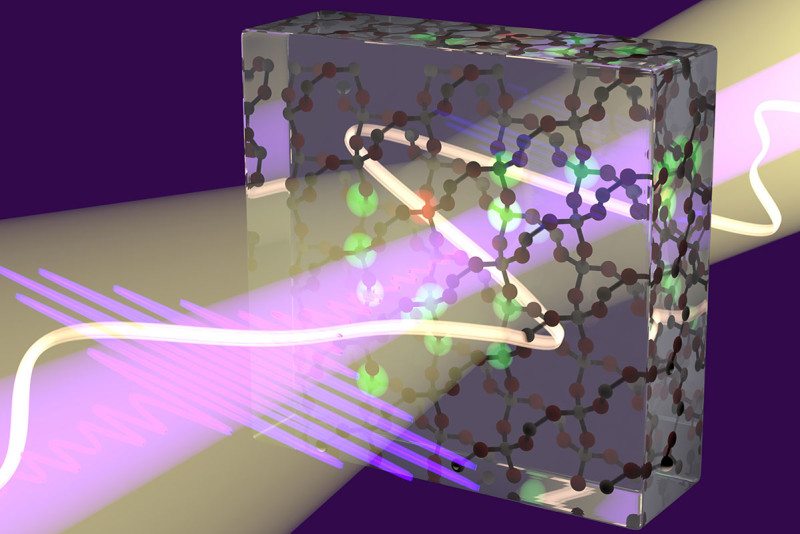New Scientist
Image: Attoelectronics Group, MPQ
No one can match these electrons when it comes to relaxing. Within a few hundred attoseconds – billionths of a billionth of a second – of being hit by an X-ray pulse, they are already back where they were, sitting calmly in a low-energy state.
Experiments that have clocked them doing so have solved a decades-old puzzle about the way electrons behave inside solids – and could improve the best X-ray lasers.
In 2008, Eleftherios Goulielmakis at the Max Planck Institute for Quantum Optics in Garching, Germany, and his colleagues generated what were then the shortest pulses of light ever achieved: extreme ultraviolet bursts just 80 attoseconds long. Last year, the team created brief pulses of visible light too, each 380 attoseconds long.
Now, Goulielmakis and his colleagues have used a combination of these pulses to probe the behaviour of virtual particles called excitons. Read more on newscientist.com…








